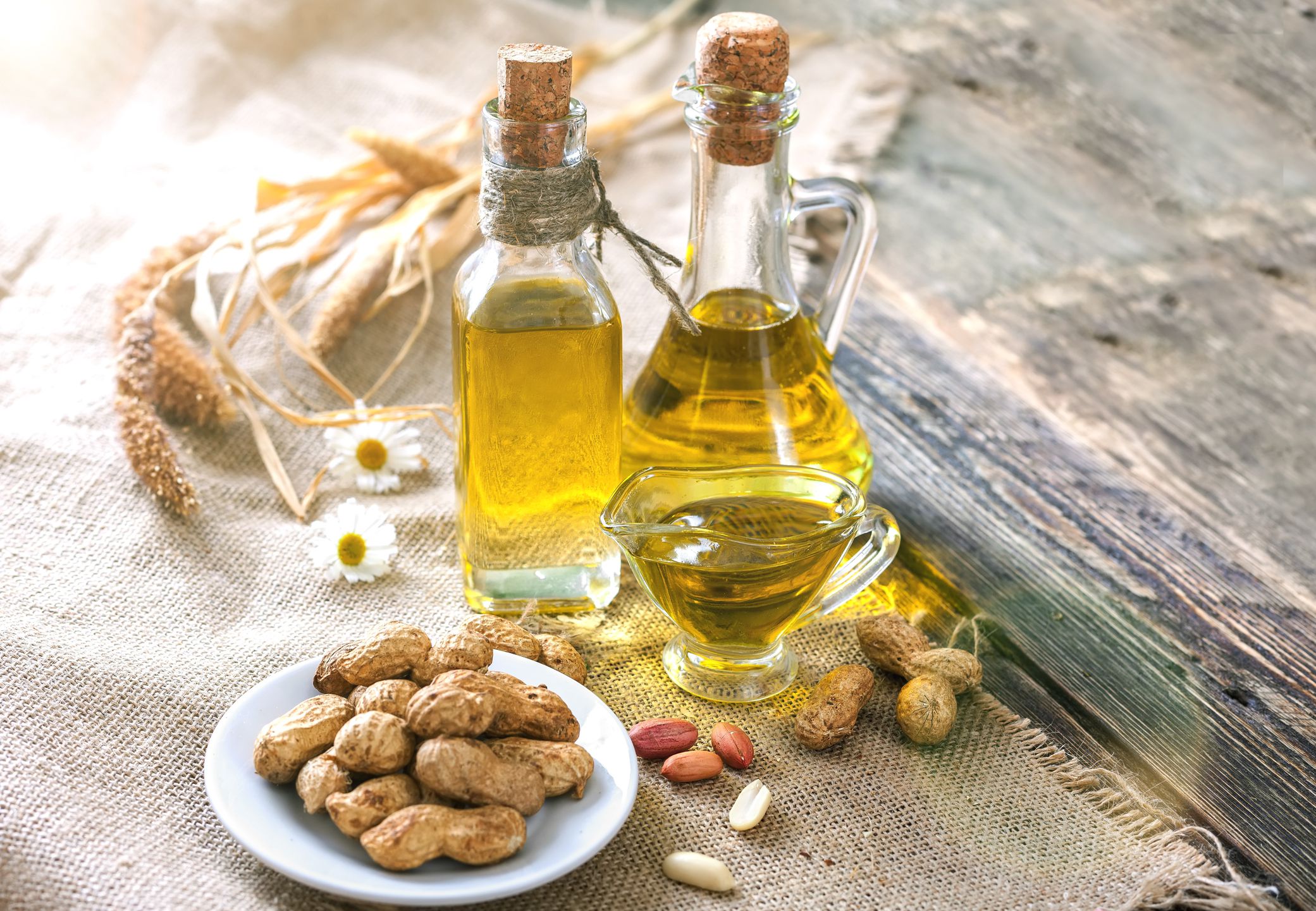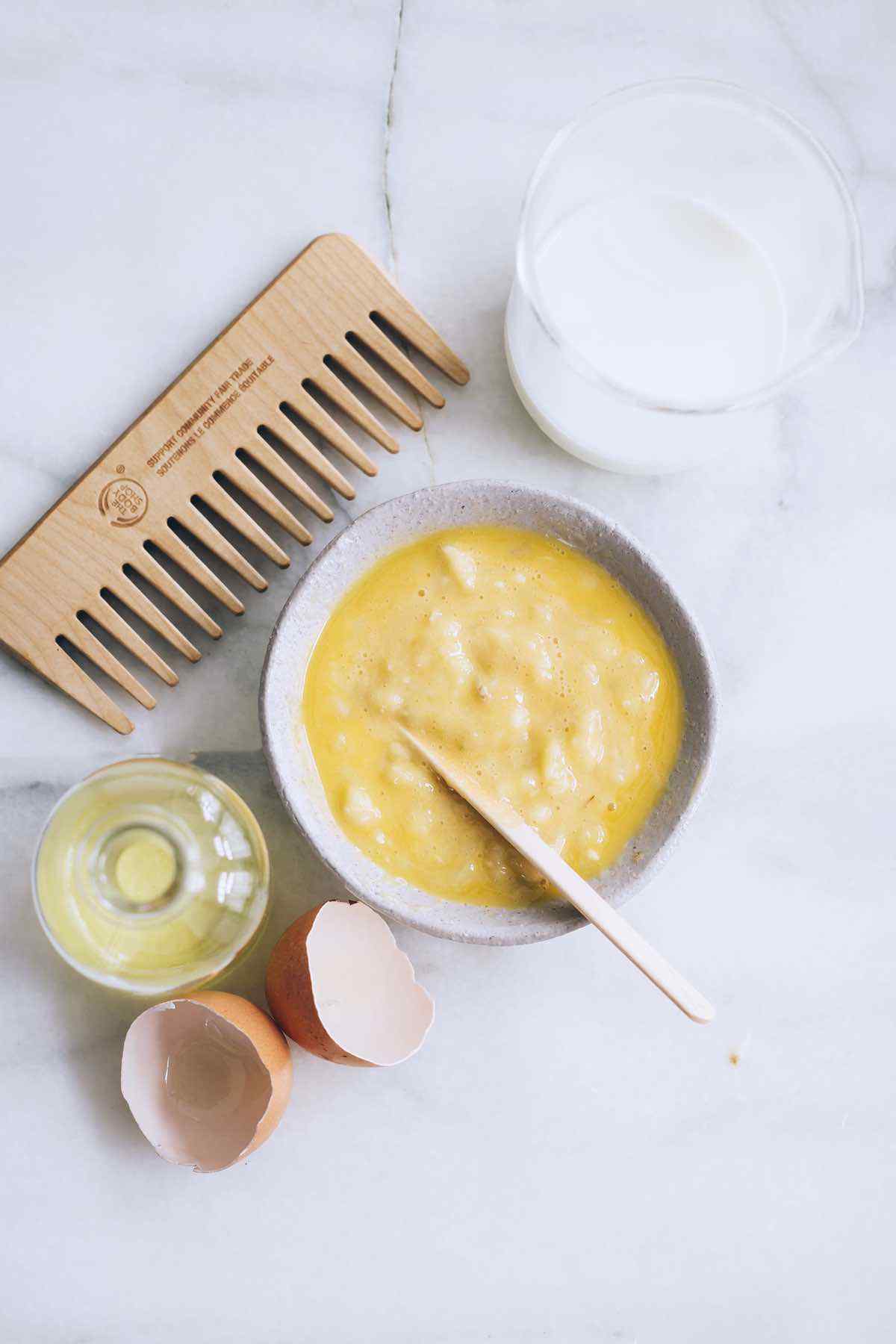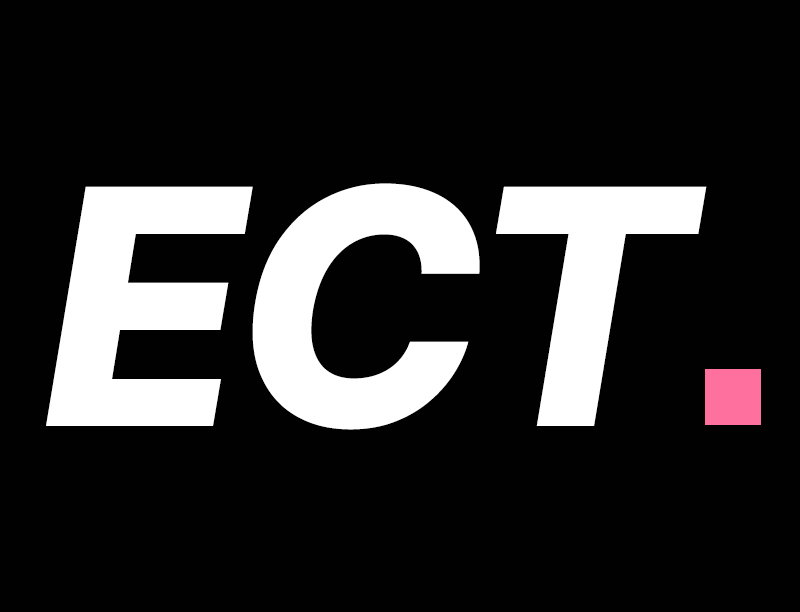When shopping for natural oils for hair growth, you’ll often reach out for argan oil, coconut oil, and olive oil. And leave the peanut oil (which we admit can be undoubtedly hard to find at your local store) feeling lonely on the shelf.
But, did you know that the more-of-a-dessert-sauce-than-a-hair-elixir can be beneficial to split-end-riddled and extremely parched strands? Yap. Among the long list of natural oils out there, peanut oil is the most ultra-hydrating and can help you finally kick psoriasis. More on that later.
For now, here’s a little insight into peanut oil – what it is, its benefits, and how you can use it.
Quick Facts
Properties Featured: Occlusive agent
Primary Benefits: Boosts hair growth, repairs split ends and heat-damaged hair, treats dry scalp and psoriasis
Perfect For: Individuals struggling with dry, split-ends-riddled strands
Not Suitable For: Oily skin types and anyone with a peanut allergy
How Often Can You Use It: Once or twice a week on both wet and dry hair for optimal results
Works Well With: Humectants and other emollients that load up your scalp and strands with moisture and nutrients
Shouldn’t Be Used With: Nothing has been confirmed yet, but studies suggest not using it alongside cleansing surfactants in shampoos or other hair haircare products since they tend to counteract the work of an oil treatment
Benefits Of Peanut Oil

Hunker down because this is going to be a loaded list:
Boosts Hair Growth: Peanut oil features numerous fats, which can help minimize your hair’s protein loss and contribute to thicker, healthier, and more moisturized strands.
Treats Dandruff And Psoriasis: Peanut oil is packed with super-hydrating antioxidants that help manage dandruff issues. The natural oil also contains vitamin E, which helps treat skin conditions such as psoriasis.
De-Frizzes Strands: We’ve all struggled with frizz at some point in our lives. Luckily, peanut oil can help seal in moisture and make it more manageable. It also works to repair split ends and revive damaged strands.
Enhances Curl Definition: Want larger-than-life curls? Peanut oil’s compounds can help restore structure to your 3C or 4A curls.
Replenishes Hair Oils: If your scalp feels blah, you can always use peanut oil to replenish the lost oils on the shaft. According to studies, the sebaceous glands in our skin secrete sebum into the follicle, which coats the hair shaft. Oil functions to make your strands and shaft smooth and soft.
How To Use
Since there aren’t a bucketload of products on the market with peanut oil, experts recommend using cold-pressed peanut oil instead. Additionally, you should use the natural oil at least once or twice a week for the best results, as applying it too often can cause it to strip away essential oil from your hair shaft.
Based on your preferences, you can apply the oil at any time of day and on either wet or dry hair – the benefits remain the same. However, it is essential to note that exposure to the oil on your face, neck, or back can contribute to clogged pores, especially if you struggle with oily skin issues. Excessive oil on the scalp might also stain clothing or linens.
So, how exactly should you use peanut oil to boost hair growth and eliminate dandruff?
Dandruff Mask
For this, experts recommend combining peanut oil with lemon juice and tea tree oil. After massaging it into your strands and scalp, allow it to sit for about two hours. Then, follow up with your regular washday routine.
Growth Mask

To enjoy Rapunzel-like growth, combine two teaspoons of peanut oil with one egg yolk and ground peanuts. When applying the growth mask to the scalp, gently massage it and allow it to sit for at least two hours. When the clock runs out, rinse out with warm water.
Dry Scalp Treatment
For this, warm five tablespoons of the oil and apply it cautiously (don’t burn yourself, boo) to the parted scalp skin. Leave it for five minutes, or cover it with a cap for extra hydration before rinsing it.
As the scalp gets some TLC, gently run some leftover oil through your strands to address frizz issues. If there’s excess oil on your scalp afterward, use a gentle shampoo to cleanse.








